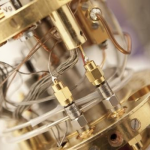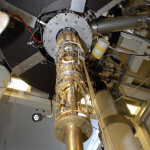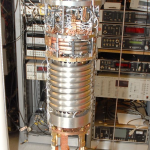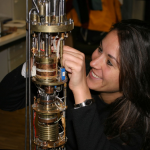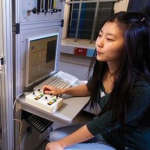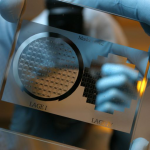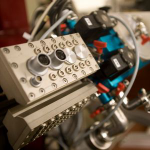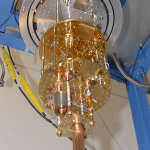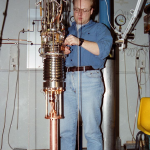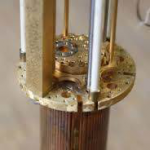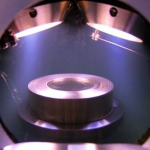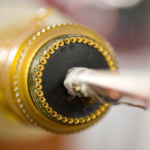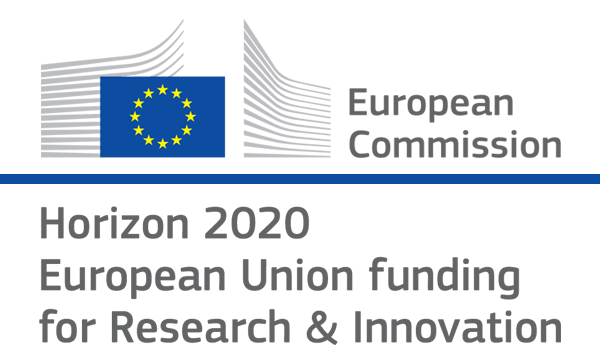

Selected Publications
- Photon Transport in a Bose-Hubbard Chain of Superconducting Artificial Atoms
G. P. Fedorov et al., Phys. Rev. Lett. 126, 180503 (2021) - Path-Dependent Supercooling of the
He3 Superfluid A-B Transition
Dmytro Lotnyk et al., Phys. Rev. Lett. 126, 215301 (2021) - Superconductivity in an extreme strange metal
D. H. Nguyen et al., Nat Commun 12, 4341 (2021) - High-Q Silicon Nitride Drum Resonators Strongly Coupled to Gates
Xin Zhou et al., Nano Lett. 21, 5738-5744 (2021) - Measurement of the 229Th isomer energy with a magnetic micro-calorimeter
T. Sikorsky et al., Phys. Rev. Lett. 125 (2020) 142503
Effect of interface geometry on electron tunnelling in Al/Al2O3/Al junctions
M. Koberidze, A.V. Feshchenko, M.J. Puska, R.M. Nieminen, J.P. PekolaWe investigate how different interface geometries of an Al/Al2O3 junction, a common component of modern tunnel devices, affect electron transport through the tunnel barrier. We study six distinct Al/Al2O3 interfaces which differ in stacking sequences of the metal and the oxide surface atoms and the oxide termination. To construct model potential barrier profiles for each examined geometry, we rely on first-principles density-functional theory (DFT) calculations for the barrier heights and the shapes of the interface regions as well as on experimental data for the barrier widths. We show that even tiny variations in the atomic arrangement at the interface cause significant changes in the tunnel barrier parameters and, consequently, in electron transport properties. Especially, we find that variations in the crucial barrier heights and widths can be as large as 2 eV and 5 Å, respectively. Finally, to gain information about the average properties of the measured junction, we fit the conductance calculated within the Wentzel-Kramers-Brillouin approximation to the experimental data and interpret the fit parameters with the help of the DFT results.
journal of physics d: applied physics 49 16, 1-7
doi: 10.1088/0022-3727/49/16/165303
